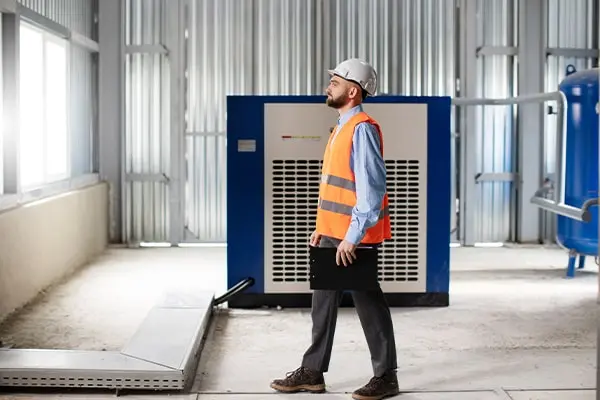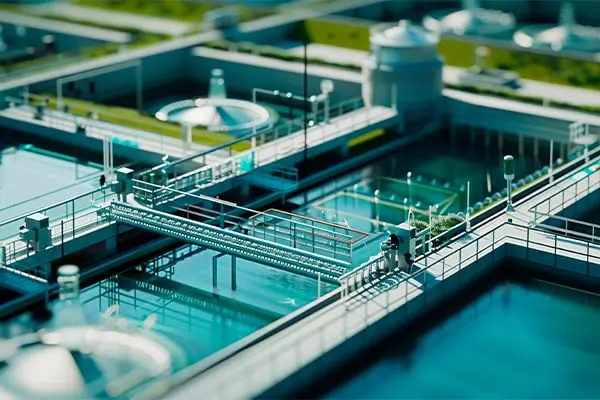As the world increasingly prioritizes environmental sustainability, the oil and gas industry is undergoing a significant transformation. Companies are adopting innovative solutions to minimize their environmental footprint and meet regulatory requirements while maintaining operational efficiency. Here are some key trends shaping the future of sustainable oil and gas solutions.
One major trend is the shift towards renewable energy integration. Oil and gas companies are investing in renewable energy sources such as wind, solar, and bioenergy to power their operations. This not only reduces greenhouse gas emissions but also diversifies their energy portfolio, making them less reliant on fossil fuels. For instance, solar-powered drilling rigs and wind-powered offshore platforms are becoming more common, showcasing the industry’s commitment to sustainability.
Another critical development is the advancement in carbon capture, utilization, and storage (CCUS) technologies. CCUS captures carbon dioxide emissions from industrial processes and stores them underground or repurposes them for other uses. This technology is crucial for reducing the industry’s carbon footprint and achieving global climate targets. Enhanced oil recovery (EOR) using captured CO2 is an example of how the industry can benefit economically while reducing emissions.
Digital transformation is also playing a significant role in driving sustainability. Advanced data analytics, artificial intelligence, and machine learning are optimizing operations, reducing waste, and improving energy efficiency. Predictive maintenance powered by AI helps prevent equipment failures, reducing downtime and environmental risks. Furthermore, digital twin technology allows for virtual simulations of operations, enabling better planning and resource management.
Sustainable practices are becoming integral to supply chain management in the oil and gas sector. Companies are adopting circular economy principles, where waste materials are recycled and reused, reducing environmental impact. Innovations such as biodegradable drilling fluids and eco-friendly lubricants are examples of sustainable products gaining traction in the industry.
In conclusion, the future of sustainable oil and gas solutions lies in the integration of renewable energy, advancements in CCUS, digital transformation, and sustainable supply chain practices. By embracing these innovations, the industry can significantly reduce its environmental impact while maintaining operational efficiency and profitability.



